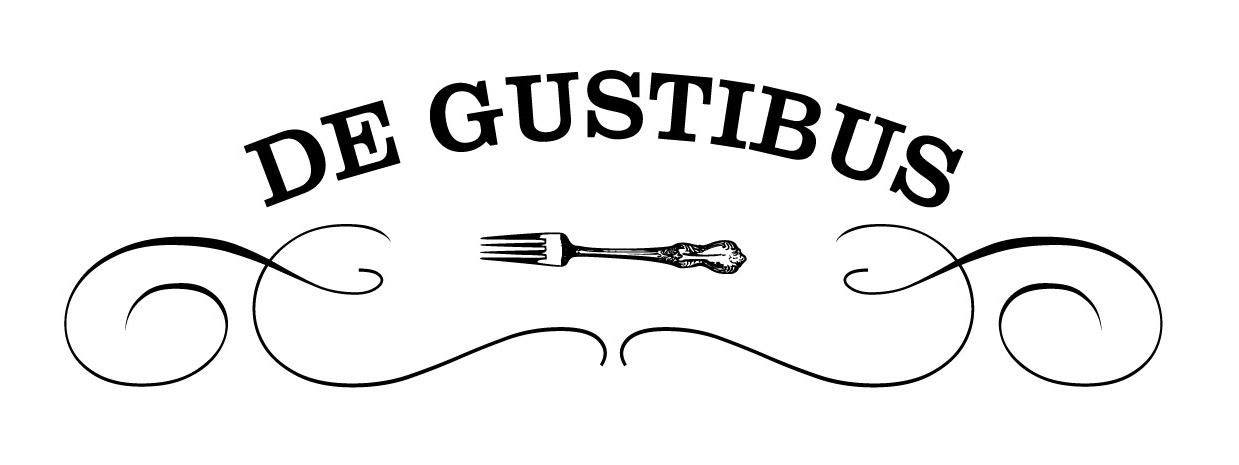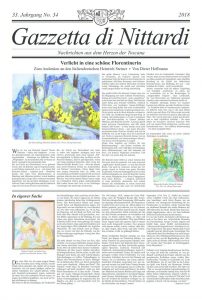Paolo Veronese’s The Wedding at Cana – Franz Zelger
Share
From Original to Facsimile
Paolo Veronese (1528–1588), alongside Titian and Tintoretto the most important representative of Venetian Renaissance painting, received the commission on 6 June 1562 from the Benedictines of the San Giorgio Maggiore Monastery in Venice to paint The Wedding at Cana for their refectory. Completed in 1563, the monumental painting of 6.77m x 9.94m was for the back wall of the communal dining hall. Based on an account in the Gospel of John (2:1–11), the painting depicts how, at a wedding in Galilee, Christ turned water into wine.
The depiction presents numerous guests entertaining themselves at a U-shaped table located below the balustrade of a bustling gallery. In the middle ground beneath a blue, cloud-streaked sky, there is a contemporary campanile and, at both sides, antique architecture with columns. Jesus Christ is seated at the middle of the table with his mother Mary next to him, her empty left hand held as if she were grasping a cup, an indication that the wine is running out. The bridal couple is found to the left, at the side of the table. In the middle foreground, four musicians are providing the musical entertainment. But the visual narrative goes far beyond the biblical events, and the miraculous transformation of water into wine is but one scene among many. At the bottom right, amphorae are being decanted as the major domus (chief steward) scrutinises the wine in his glass.
Time and again, past writers of travel literature – above all Antonio Maria Zanetti – put forth anecdotes and invented “observations” that were of major relevance to the leanings of the art public of the given time. As a result, various figures in the painting were identified (and likewise also long since disproven) as famous historical figures of the 16th century, including Charles V, Vittoria Colonna, and Francis I of France. The traditional and highly appealing conjecture still told today that the likenesses of the pictured musicians include those of Veronese, Tintoretto, and Titian must also be taken with a grain of salt, whereby current research does indicate a high probability in regard to Titian and Veronese.
Veronese was a colourist par excellence, and practised that which Delacroix was to insist three centuries later: “The primary merit of a painting is to be a feast for the eye.” And Cézanne, in explicit reference to Veronese’s The Wedding at Cana, said: “The miracle is there, the water turned into wine, the world into painting. We swim in the reality of painting.” Thereby, the painting never comes across as gaudily colourful. It proffers delightful colour combinations exuding gaiety and exquisite taste: a glamorous, splendid, gregarious banquet.
The reception of Veronese’s epochal The Wedding at Cana, which was already honoured as his masterpiece during the painter’s own lifetime, was extraordinary. In the 17th century, an increasing number of collectors – mostly wealthy patricians and members of the nobility – commissioned copies of this unique painting, while artists took inspiration from the Venetian’s colour, form, and expressiveness. At the time, the painting was literally stormed: it was copied and engraved so often that in 1705 the Benedictines of San Giorgio Maggiore forbade any further copying of the work, with only the requests of the Royal Houses being exempted. The art historian Sergio Marinelli pointed out that it might possibly be easier to name the painters who did not copy and study the Veronese than to name all those who had.
The Kidnapping of the Painting to Paris
On 11 September 1797, Veronese’s The Wedding at Cana was plundered by the soldiers of the Napoleonic troops and transported – together with works by Giovanni Bellini, Titian and others – to Paris for the further enrichment of the Louvre. After the fall of Napoleon, the Venetians demanded the repatriation of the painting and, in 1815, appointed the sculptor Antonio Canova to go to Paris to negotiate for the restitution of purloined works of art, which he did with considerable skill.
When it came to Veronese’s painting, however, his negotiations were ineffective: as he wrote to his friend in Venice, Leopoldo Cicognara, a multitalented and accomplished diplomat, the topic of Veronese and his painting never even came up for discussion during the negotiations. Unfortunately, and without the consultation of Canova, the Austrian Emperor Francis I, the ruler of Venetia following the Congress of Vienna, had accepted France’s proposal to trade Veronese’s painting for an insignificant work by Charles Le Brun.
The Homecoming to the Serenissima – as Facsimile
The later demand of the Venetians for the painting’s repatriation was rejected by the directorate of the Louvre on the pretext that the heavily-damaged painting was too fragile to survive the journey to Venice. Thereby, they omitted to mention the grave damages resulting from the callous theft of the painting, during which the canvas was cut into segments and carelessly transported. Ultimately, and regardless of entitlement, Italy went without the original and decided, at the beginning of the 21st century, for a digital facsimile produced through scanner technology.
The current inhabitants of the former monastery on the island of San Giorgio, the Fondazione Giorgio Cini, commissioned the Madrid-based laboratory Factum Arte (under the leadership of Adam Lowe) to create a brilliant and amazingly realistic reproduction of the huge painting using the most advanced technologies. The digitised copy was produced using a sophisticated laser technique. Lowe’s team fed the relevant data into a printer, which then conveyed the image one-to-one and in several phases onto a primed canvas, using the known colours of Veronese’s time. To ensure maximum compliance with Veronese’s masterpiece, the colours of each printed section of the reproduction were continually compared with those of the original. An attempt was likewise undertaken to convincingly reproduce the actual aging of the colours. The individual sections are so accurately assembled that the connection lines cannot be seen with the naked eye.
Since 2007, the facsimile of the fascinating work of art can be admired at the former location of the original on the back wall of the refectory built between 1560 and 1563 by Andrea Palladio on San Giorgio Maggiore. Those who now enter the room housing the “new” Veronese are amazed that such a thing is possible: even when looked at up close, the pictorial surface appears astoundingly real – right down to the irregular surface of the paint’s application.
Although this imitation is just a surrogate for an absent work, it nevertheless offers an overwhelming impression of Veronese’s magnificent painting, a spectacular scene with over 100 figures. At the original location in the refectory of San Giorgio Maggiore, painting and architecture come together to create a glorious alliance.












Follow us